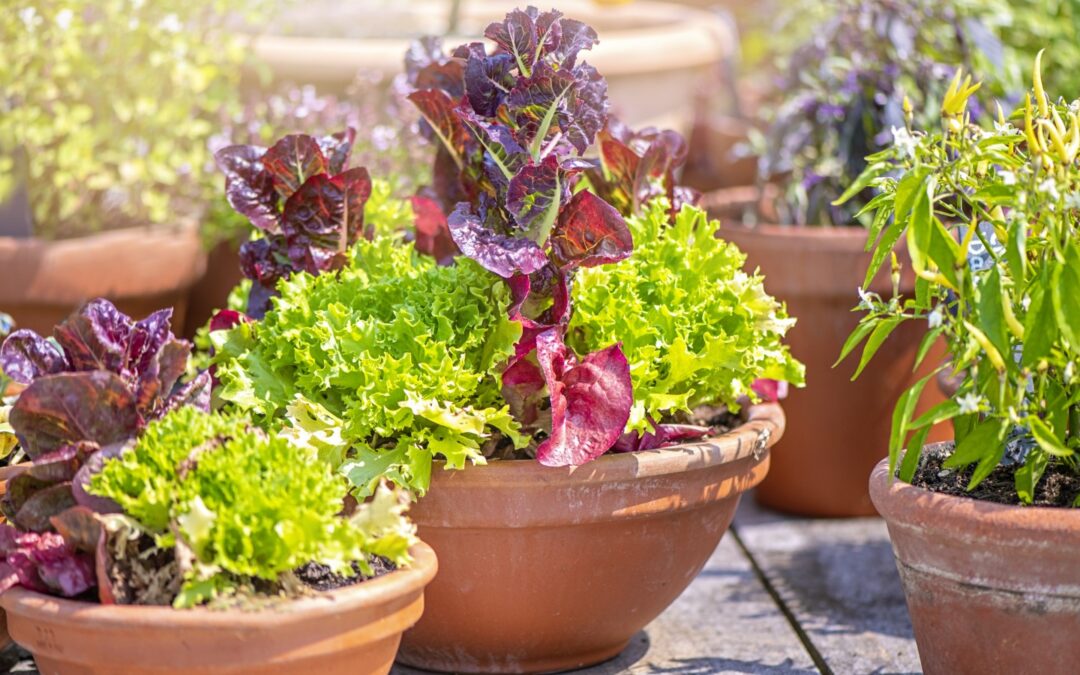There are great reasons to grow your vegetables from seed because you have are so many more choices when you’re buying seeds. Let’s start with taste and depth of selection. Ordinarily, the Garden Center has 50 or so varieties of tomato seedlings on order. If you look at seeds though, you can chose from 116 different cherries, currants, slicers and paste varieties! And all of them are delicious. Another important reason to grow your own is that you are in complete control of how your food is produced, from soil to fertilizers to pest control. And finally, there are few things more satisfying than a fresh, warmed by the summer sun vegetable that you have carefully cultivated, nurtured and harvested.
And other categories are equally well-represented. Are peppers your jam? You can choose from 78, from super sweet to incinerating. 17 types of basil. And what about flowers? There are 40 different zinnias. 30 gorgeous sunflowers. I could go on for days!
Have I convinced you to give seed starting a whirl? Your first job is decide what you want to grow. All of those choices can be overwhelming. So begin by planting the vegetables that you use most frequently. Zucchini, lettuce and radishes are easy and tasty. And don’t forget one or two of those cherry tomatoes.
Starting seeds indoors isn’t difficult. The challenge is keeping them healthy until it’s time to move them outdoors. Let’s start with the basics. You’ll need clean containers. If you’re seeding a few plants, sow them into small plastic, terracotta or peat pots. Use flats when starting multiples, making sure to mark your varieties. And don’t assume that all potting mixes are equal. Seed starting mixes contain more finely ground ingredients that provide good contact with your seeds, and help to prevent fungal diseases.
Now that your seeds are planted, what’s next? Proper germination and healthy plants require a couple of things. Seedlings thrive in bright, direct light. At a minimum, they’ll need a sunny, south- or west-facing windowsill. If you can’t provide this, don’t despair. You can utilize grow lights. These are light bulbs with a specialized color spectrum that mimics sunlight. You’ll find bulbs available for both spot and tube fixtures in the Garden Center.
One of the most common mistakes when planting seeds involves watering. Newly sown seeds need to be consistently moist in order to germinate. Employing plastic seed domes for flats or clear plastic bags for individual pots will ensure that the environment stays humid. You’ll want to remove these as soon as the seeds have sprouted though to allow for air movement. When your baby plants are small, misting them with a spray bottle will prevent them from being washed away by a watering can tsunami. Once the stems are sturdy, use a watering can with a rose. The many small holes will gentle the stream of water.
We’re all hoping for some more consistent spring weather. And so are our seedlings. Let them spend nice days outside. When temperatures are above 50 degrees, set your pots in a sheltered spot for the day. An east-facing porch would be ideal. This process is called acclimating and will result in stronger plants. Then bring them in for the night to protect from those temperature dips.
Our last average frost range is May 21st thru the 31st, though last year’s was April 25th. And with the temperature yoyo we’ve experienced, who knows what this year will bring. Veg plants like lettuce, radishes, peas and members of the cabbage family will be happy outside once night temperatures are reliably in the 40s. But don’t plant out those tomatoes, eggplants and peppers until temps stay above 50 degrees.
And if you aren’t up for growing veg from seed, don’t despair! Just wait for the vegetable and annual flower plants to come in. You’ll still have plenty of choices.

